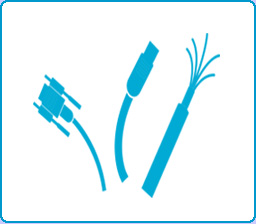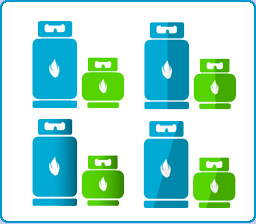9. Activity - Fire Hazards
Different types of environment will have different fire hazards and different levels of risk. The following 3 activities will help provide a better understanding of fire hazards and risks.
Activity 1: Select the 3 components of fire? Select the 3 components of fire to view the fire triangle and a brief description of each component.
Activity 2: Remove a component to stop the fire? Although you should never tackle a fire yourself, their may come a time when you have to use fire fighting apparatus. This activity will help test your knowledge and understanding about the different fire types and what apparatus you should use to target 1 of the 3 fire components and extinguish a fire.
Activity 3: What is the biggest threat to fire safety? Reflect on an incident (or near miss), that you or someone you know has been involved in. What do you think was the biggest hazard of all, in almost every scenario?
Activity 1 - Select the 3 components of fire?
Drag the correct component on to the triangle. (Only the correct ones will stick.)
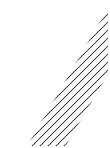

|


|


|
|
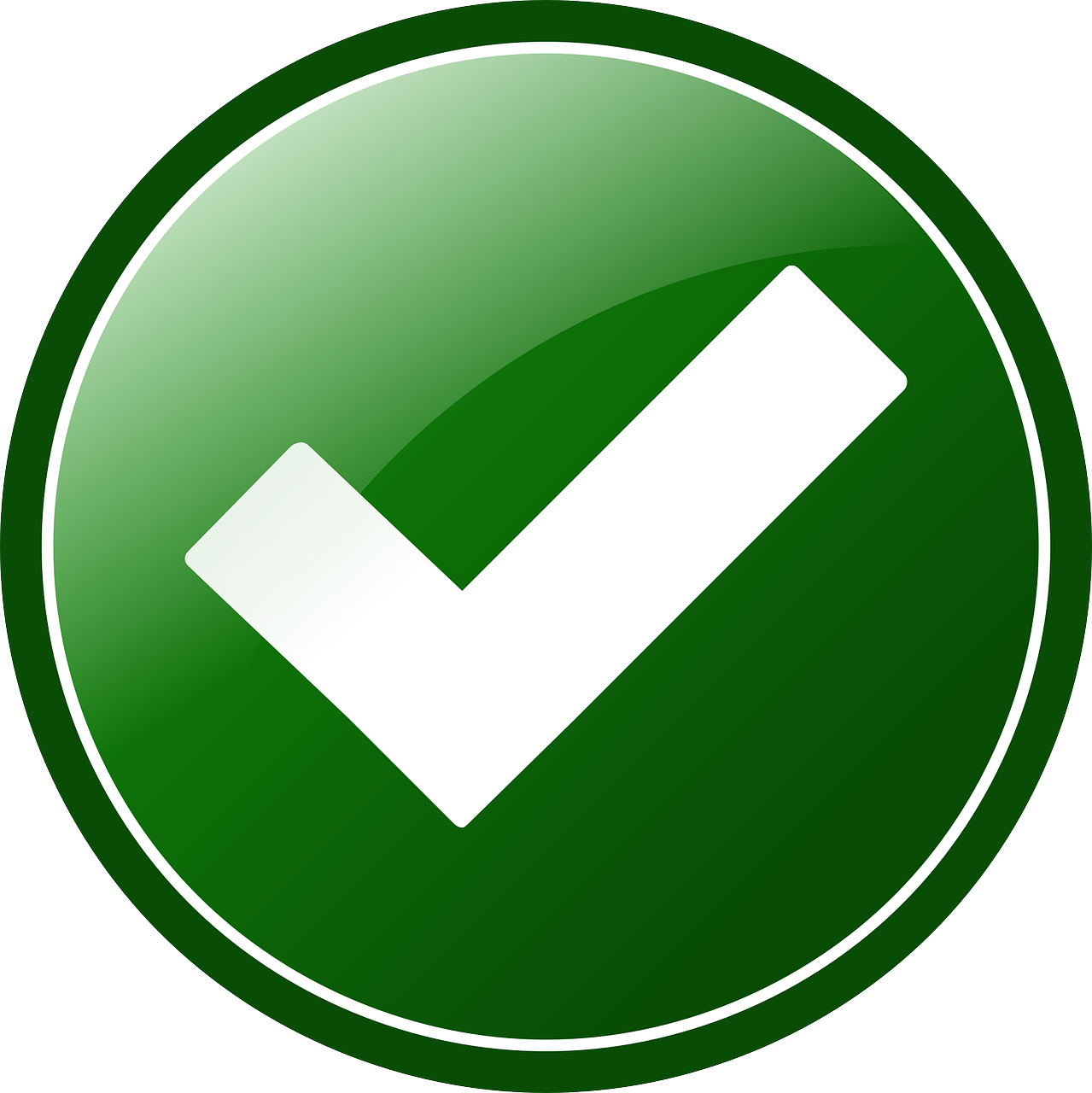 Correct! Oxygen, heat and fuel are the key components of fire. A fire will only ignite and spread if they are present.
Correct! Oxygen, heat and fuel are the key components of fire. A fire will only ignite and spread if they are present.
Components
Heat
Fuel
Carbon dioxide
Static electricity
Oxygen
Oxygen
Oxygen is a key component. If it is removed a fire will not start or is extinguished. eg. A chip pan fire is stopped by placing a damp cloth over the pan, thus starving the fire of oxygen.
Heat
Heat must be present to provide an ignition and allow the fire to spread. It can come from many sources including discarded cigarettes, hot exhaust pipes or faulty electrical cabling.
Fuel
Fuel enables a fire to burn. Combustible materials such as paper, oil, gases, fabrics and wood can be regularly found in the workplace and in the home. We should always observe health and safety regulations when working with and storing such items.
Activity 2 - Remove a component to stop the fire?
Drag the correct apparatus that you think will remove each of the 3 components.
- Fire blankets starve a fire of oxygen - extremely useful on chip pan fires and wrapping around a person if they are on fire.
- A CO2 extinguisher removes oxygen - very useful on flammable liquids and cooking fires. Found in offices, kitchens.
- Water fire extinguishers - commonplace and best suited for wood, plastic, textile, paper and other solid material fires. Do not use on electrical fires.
- Cream/foam extinguishers not suited for chip or fat pan fires but effective on burning liquids and solids. eg. Petrol or paint fires.
- Powder extinguishers are effective on gas, paint, wood, paper and petrol fires. Not suitable for use in small spaces or kitchen areas.
- Cream/Foam extinguisher
- Fire blanket
- Water fire extinguisher
- CO2 extinguisher
- Powder extinguisher
- Cream or foam
- Fire blanket
- Water fire extinguisher
- Carbon dioxide CO2
- Powder extinguisher
What is the biggest threat to fire safety?
Please make a selection by clicking on the correct image below.
 Correct: Human behaviour is always the biggest risk to fire safety.
Correct: Human behaviour is always the biggest risk to fire safety.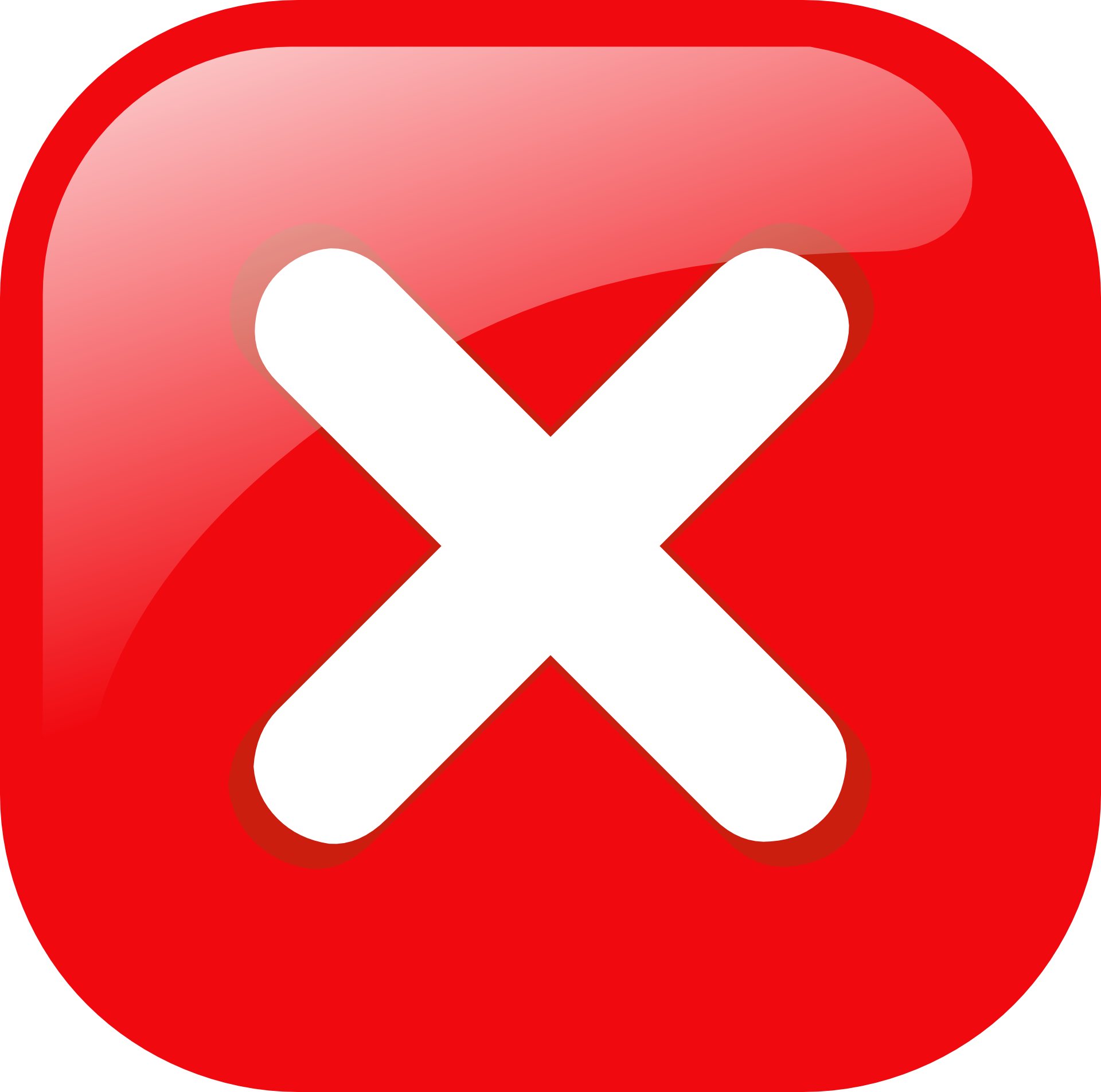 Incorrect: Human behaviour is always the biggest risk to fire safety.
Incorrect: Human behaviour is always the biggest risk to fire safety.Faulty equipment should be identified by standard testing procedures, or switched off and reported by users immediately when a problem occurs.
Inflammable gases or liquids can be managed safely in the home or workplace if the proper procedures are followed.

